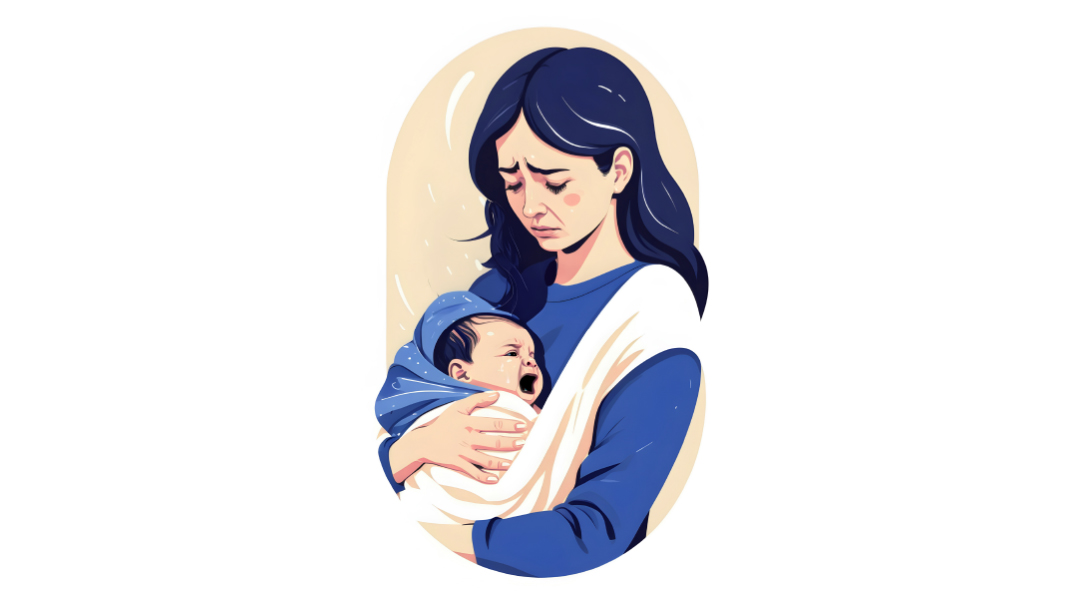Help! My Baby Won’t Stop Crying
| January 30, 2024Common causes and cures for colic

When baby cries become the soundtrack of your life, it’s been weeks since you’ve slept, and you feel like you’re at the end of your rope, you’re probably dealing with colic. Pediatricians and moms who’ve been there share wisdom and tips to help you conquer this universal challenge
“Excuse me,” the burly repairman said gruffly. “I don’t mean to be nosy, but you keep bringing in your vacuum cleaner to be fixed. I’ve never seen so many burnt-out motors! What are you doing to it?”
The young man flushed. “My baby screams nonstop. Talk about white noise machines — none of them seem to be loud enough for my daughter! She only sleeps when she hears the noise of the vacuum. We duct-taped the vacuum cleaner to her crib and keep it on for 18 hours a day. Vacuum cleaners aren’t made to handle that kind of use, so it constantly needs to be fixed.”
This is a true story about one case of that five-letter word all parents fear: C-O-L-I-C, screaming attacks and inconsolable crying in otherwise healthy infants.
Whatever You Want It to Be
To the uninitiated, colic is merely a word in a baby-care book; to those who’ve been there, it’s a long, black tunnel of sleep-deprived despair. Despite the fact that up to 30 percent of babies have colic, what it is and isn’t remains one of those medical controversies that makes the ordinary parent want to throw in the (spit-up soaked) burp cloth.
Depending on which era, article, book, or doctor is consulted, colic can be a myth, caused by gas, or overanxious mothers, among other explanations. It can be diagnosed by the somewhat arbitrary “Rule of Three” — three hours of crying, for more than three days a week, for at least three weeks — created by Dr. Morris A. Wessel in 1954. But what if my baby cries for two-and-a-half hours a day, I haven’t been able to do the laundry in three weeks, and cereal is becoming our supper of choice? Is that not colic? Colic is a behavior or set of symptoms, rather than a true medical condition. (Though the term should only be used when serious ailments are ruled out.) While all babies cry — at 5-6 weeks, normal newborns generally cry about 130 minutes per day — the colicky baby does it more often, for much longer, and is much harder to soothe, explains Dr. Marc Weissbluth, author of Your Fussy Baby, who lived through his own fussy firstborn. These babies often seem like they’re in pain, with distended, gas-filled abdomens. With nebulous symptoms and lacking an iron-clad diagnosis, no wonder colic is the problem doctors don’t like.
Dr. Martin Borenstein of Kids First Pediatrics in Skokie, Illinois, explains that there may be many different factors involved. “The truth is, we don’t know exactly what it is,” he says.
“It’s whatever you want it to be,” concurs Dr. Bryan Vartabedian, of Colic Solved.
Welcome to the wonderfully mysterious world of colic.
Oops! We could not locate your form.







